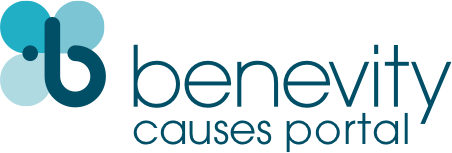Collaborative Cures
This organization has already been registered
Someone in your organization has already registered and setup an account. would you like to join their team?Profile owner : h***o@c****************s.c*m
Mission Statement
Everything Collaborative Cures does is about building relationships and creating connections so that we bring people together to cure paralysis in our lifetime.
About This Cause
Many of the world’s greatest scientists and technologists have discovered breakthroughs that have the potential to impact paralysed people’s lives today. Yet, the interventions are held hostage in the minds and labs of these spectacular researchers due to systemic failures in translating research from the lab to the clinic. Furthermore, at the beginning of the fourth industrial revolution, making breakthrough scientific discoveries and then moving them to commercial viability can easily cost tens or hundreds of millions of dollars and take decades. This simply isn’t happening quickly enough for approximately 60 million people worldwide who have some form of paralysis. No individual scientist, technologist, entrepreneur, investor, philanthropist, foundation or government is going to cure paralysis on their own. To do it, we need to create the conditions for collaboration, through systems-led change, that will help scientists and technologists navigate a pathway from research breakthrough to regulatory approval and commercialisation to impact the lives of millions of people worldwide. Within the systems led approach to change, Collaborative Cures has identified 4 primary building blocks to create the conditions for collaboration and mitigate against fragmentation. This provides the basis of our approach to forging connections worldwide to break through silos across disciplines. • Mission orientated framing has concrete, measurable and achievable outcomes. Establishing a shared mission that multiple parties can sign up to is essential for creating the conditions for collaboration. • Embodying collaborative leadership involves leaders being visibly and tangibly open to collaboration. Leading by example promotes a culture of collaboration and shared endeavour as the way to achieve results. • Incentivising collaborative behaviour requires recognising and rewarding collaboration. Incentives beyond funding are required to drive collaborative behaviours including rewards for sharing scientific data and open communication between different parts of the system. • Active governance is central to building credibility and trust with key stakeholders in the system by incorporating proactive and appropriate levels of oversight to ensure projects achieve mission-level impact. Critically, funding, partnerships, and actual scientific progress can be wasted if the right governance structures aren’t in place.
